Victorian architecture refers to the various architectural styles that were popular during the reign of Queen Victoria in the United Kingdom, from 1837 to 1901. Victorian architecture is characterized by a variety of styles, including Gothic Revival, Italianate, Second Empire, and Queen Anne. These styles are known for their ornate, decorative features and attention to detail, as well as their use of materials such as brick, stone, and iron.
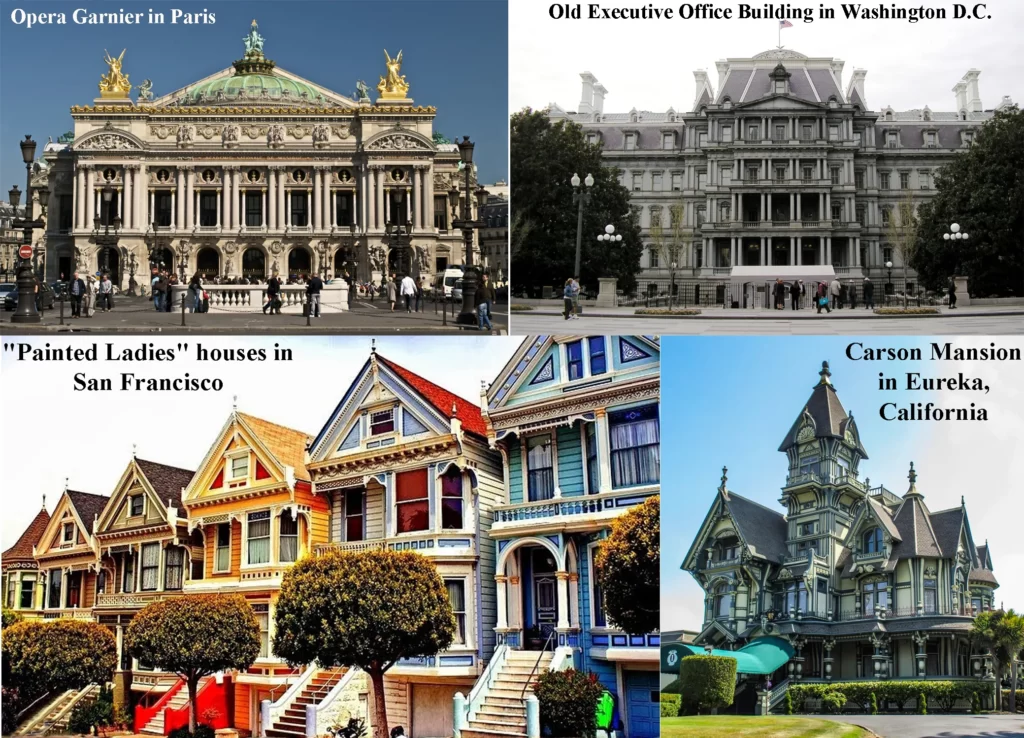
Victorian architecture also often incorporates features such as steeply-pitched roofs, elaborate porches, and asymmetrical designs. Overall, Victorian architecture is known for its richness, complexity, and grandeur, and it has had a significant impact on architecture in many parts of the world.
If you want to know about the victorian architecture or staircase design or landscape garden, please click the link.
Historical context of Victorian Architecture
The Victorian era was a time of great change in England and the Western world. It was a period of rapid industrialization, urbanization, and economic growth.
As a result, there was a significant increase in demand for housing and public buildings. Architects responded by creating new styles and adapting old ones, resulting in the eclectic mix of styles that we see in Victorian architecture.
Importance of Victorian Architecture
Victorian architecture is important for several reasons.
- It reflects the social and cultural values of the Victorian era. It was a time when the middle class was growing, and there was a desire to showcase wealth and status through architecture.
- Victorian architecture represents a period of significant technological and engineering advancements. This is evident in the use of new materials, such as iron and glass, and the construction of large-scale buildings, such as train stations and public libraries.
- Victorian architecture is an important part of the cultural heritage of many regions, and its preservation and restoration are vital to maintaining the historical identity of these areas.
1) Characteristics of Victorian Architecture
i) Gothic Revival Style
The Gothic Revival style was a popular architectural style during the Victorian era. It was characterized by the use of Gothic elements, such as pointed arches, ribbed vaults, and gargoyles.
Gothic Revival buildings were often made of stone and featured intricate details, such as tracery windows and ornate carvings. Some famous examples of Gothic Revival architecture include the Palace of Westminster in London and the Church of St. Mary in Warwick.

ii) Italianate Style
The Italianate style was another popular architectural style during the Victorian era. It was inspired by Italian Renaissance architecture and featured a mix of classical elements, such as columns and arches, and ornate details, such as brackets and cornices. Italianate buildings were often made of brick or stone and featured flat roofs with balustrades.
Examples of Italianate architecture can be seen in the houses of San Francisco’s Pacific Heights district and the Brighton Palace Pier in England.

iii) Second Empire Style
The Second Empire style was popular during the latter half of the Victorian era. It originated in France during the reign of Napoleon III and was characterized by the use of mansard roofs, dormer windows, and ornate ironwork. Second Empire buildings often featured symmetrical facades and were made of brick or stone.
Examples of Second Empire architecture can be seen in the Opera Garnier in Paris and the Old Executive Office Building in Washington D.C.
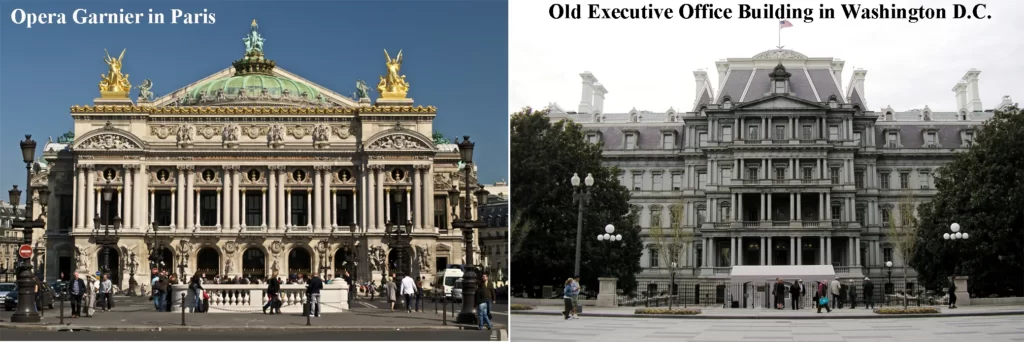
iv) Queen Anne Style
The Queen Anne style was popular during the late Victorian era and was characterized by the use of asymmetrical facades, decorative woodwork, and steeply pitched roofs with gables and turrets. Queen Anne buildings often featured a mix of materials, such as brick, stone, and wood, and were known for their colorful paint schemes.
Examples of Queen Anne architecture can be seen in the famous “Painted Ladies” houses in San Francisco and the Carson Mansion in Eureka, California.
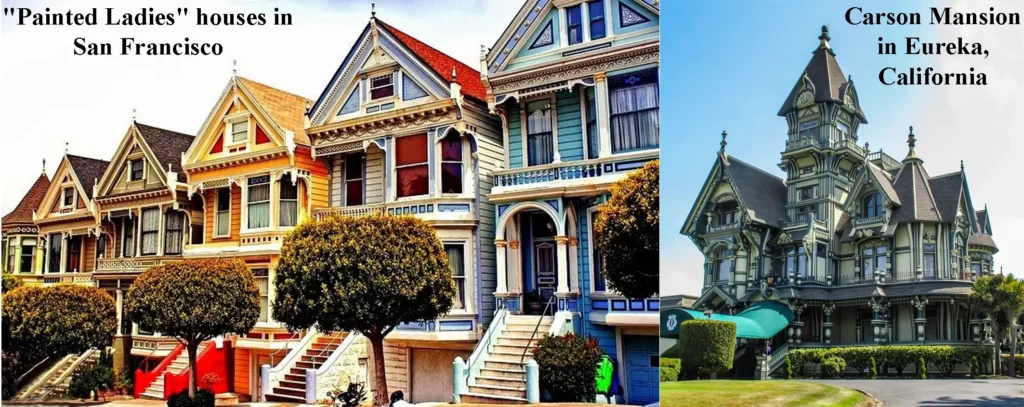
2) Victorian Architecture in Different Regions
i) Victorian Architecture in Europe
Victorian architecture had a significant impact on the architectural styles of Europe. In the United Kingdom, it became the dominant style for domestic architecture and public buildings during the Victorian era. Gothic Revival and Italianate styles were particularly popular in England, while Second Empire and Art Nouveau styles were more prevalent in France and Belgium.
Examples of Victorian architecture in Europe can be seen in the Houses of Parliament in London and the Grand Place in Brussels.

ii) Victorian Architecture in America
Victorian architecture also had a significant impact on the architectural styles of America. During the Victorian era, it became the dominant style for domestic architecture and public buildings. Gothic Revival and Second Empire styles were particularly popular in the United States, while Italianate and Queen Anne styles were more prevalent in the latter half of the era.
Examples of Victorian architecture in America can be seen in the Brooklyn Bridge in New York City and the Painted Ladies houses in San Francisco.

iii) Victorian Architecture in Australia
Victorian architecture also had a significant impact on the architectural styles of Australia. During the Victorian era, Australia experienced a period of economic growth and urbanization, which led to a demand for new buildings. Gothic Revival and Italianate styles were particularly popular in Australia, while Queen Anne and Federation styles were more prevalent in the latter half of the era.
Examples of Victorian architecture in Australia can be seen in the Royal Exhibition Building in Melbourne and the State Library of New South Wales in Sydney.

iv) Victorian Architecture in Canada
Victorian architecture also had a significant impact on the architectural styles of Canada. During the Victorian era, Canada experienced a period of economic growth and urbanization, which led to a demand for new buildings. Gothic Revival and Italianate styles were particularly popular in Canada, while Queen Anne and Second Empire styles were more prevalent in the latter half of the era.
Examples of Victorian architecture in Canada can be seen in the Parliament Buildings in Ottawa and the Fairmont Empress Hotel in Victoria.

v) Victorian Architecture in Asia
Victorian architecture had a limited impact on the architectural styles of Asia due to the political and economic climate of the time. However, some Victorian-style buildings were constructed in British colonies, such as India, Hong Kong, and Singapore.
Gothic Revival and Classical Revival styles were particularly popular in these areas, as they were associated with British colonialism. Examples of Victorian architecture in Asia can be seen in the Victoria Memorial in Kolkata, India, and the Hong Kong Museum of History.
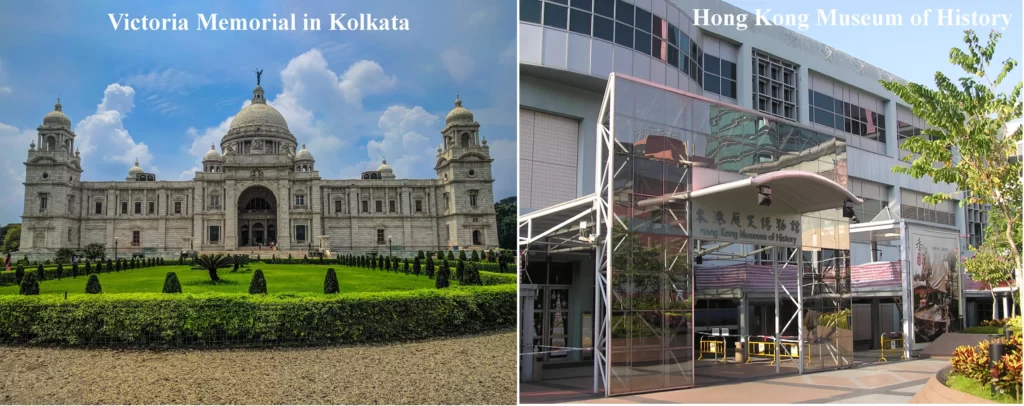
3) The Influence of Victorian Architecture on Modern Architecture
The Preservation of Victorian Architecture
The preservation of Victorian architecture has become increasingly important in recent years due to the cultural and historical significance of these buildings. Many Victorian-style buildings have been demolished or fallen into disrepair, leading to the loss of significant heritage.
Organizations such as the Victorian Society and the National Trust have been instrumental in preserving Victorian architecture in the United Kingdom, while similar organizations exist in other countries as well. Preservation efforts include restoring historical buildings to their original state and adapting them for modern uses, as well as educating the public about the importance of Victorian architecture.
Modern Architects Inspired by Victorian Architecture
Many modern architects have been inspired by Victorian architecture and have incorporated Victorian elements into their designs. For example, the American architect Frank Gehry designed the Walt Disney Concert Hall in Los Angeles, which features a stainless steel façade reminiscent of Victorian-era ironwork.
The British architect Norman Foster designed the Reichstag Building in Berlin, which features a glass dome that references the Victorian-era Crystal Palace. These examples show how Victorian architecture continues to influence contemporary design.
Victorian Architecture in Contemporary Design
Victorian architecture has also had a significant impact on contemporary design, particularly in interior design and home décor. The popularity of vintage and antique furnishings has led to a resurgence in Victorian-style furniture and décor, such as ornate chandeliers, patterned wallpaper, and velvet upholstery.
Victorian architectural elements, such as stained glass windows, ornate cornices, and intricate woodwork, have also been incorporated into contemporary design. This blending of old and new styles creates a unique aesthetic that is both timeless and modern.
4) Impact of Victorian Architecture on the Environment
The impact of Victorian architecture on the environment can be analyzed in several ways, including its use of materials, energy consumption, and urban planning.
Materials
Victorian architecture was known for its use of durable and long-lasting materials, such as brick, stone, and cast iron. These materials have a high embodied energy, meaning that a lot of energy is required to extract, manufacture, and transport them. However, because these materials are so durable, they require less maintenance and replacement over time, reducing their overall impact on the environment.
Energy Consumption
Victorian architecture was built in an era before modern heating, ventilation, and air conditioning systems were available. As a result, many of these buildings were designed with natural ventilation in mind, featuring large windows and high ceilings to promote air flow. However, as the use of fossil fuels became more widespread, many Victorian buildings were retrofitted with central heating systems, which can be energy-intensive.
Urban Planning
Victorian architecture often involved dense urban planning, with rows of terraced houses built close together. While this can be an efficient use of land, it can also lead to issues with pollution and congestion. Additionally, the lack of green spaces in these urban environments can lead to heat island effects and reduced biodiversity.
Overall, the impact of Victorian architecture on the environment is complex and multifaceted. While the use of durable materials and natural ventilation can be positive, the dense urban planning and retrofitting of central heating systems can have negative environmental impacts.
5) Notable Examples of Victorian Architecture
The Houses of Parliament in London, UK

Also known as the Palace of Westminster, this iconic building is an excellent example of the Gothic Revival style of Victorian architecture. It was designed by Charles Barry and Augustus Pugin in the mid-19th century and is known for its intricate stonework, pointed arches, and ornate decoration.
The Eiffel Tower in Paris, France

Although not strictly a Victorian-era building, the Eiffel Tower was constructed during the late 19th century and is a hallmark of the Belle Époque style that was popular during this time. The tower is known for its intricate ironwork and ornate decoration, and it remains one of the most recognizable landmarks in the world.
The Victoria and Albert Museum in London, UK

The Victoria and Albert Museum is a world-renowned institution that showcases art and design from around the world. The building itself is an excellent example of Victorian architecture, with its ornate facade, intricate decoration, and use of materials such as brick and terracotta.
The Mark Twain House in Hartford, Connecticut, USA
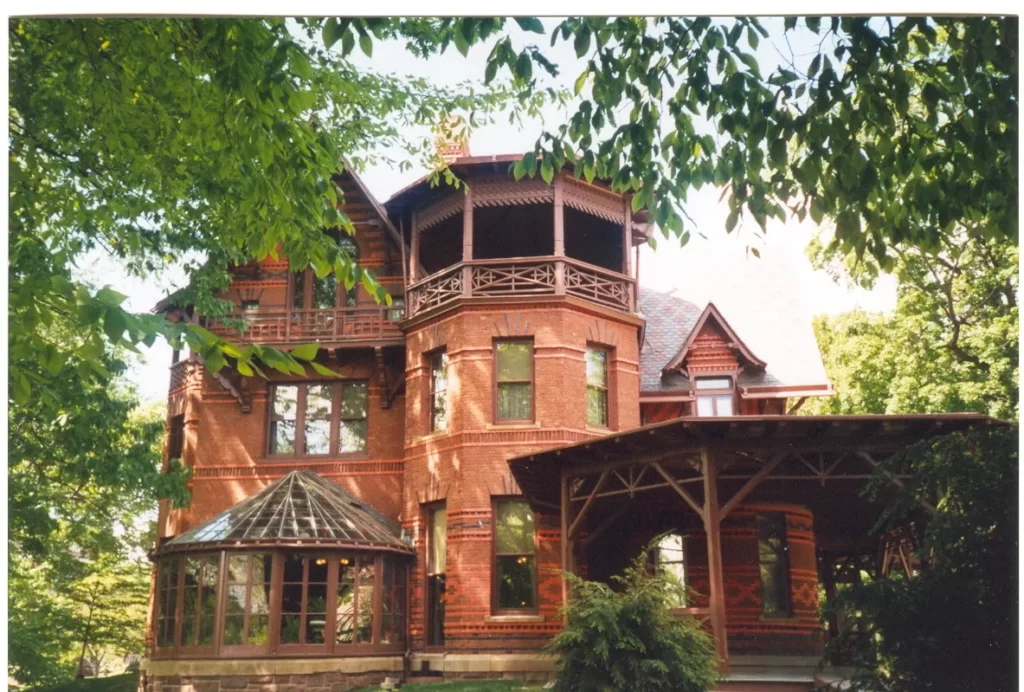
The Mark Twain House is a prime example of the Queen Anne style of Victorian architecture, which was popular in the United States during the late 19th century. The house is known for its asymmetrical design, decorative woodwork, and vibrant colors, and it has been beautifully preserved as a museum and cultural center.
The Rialto Building in Melbourne, Australia
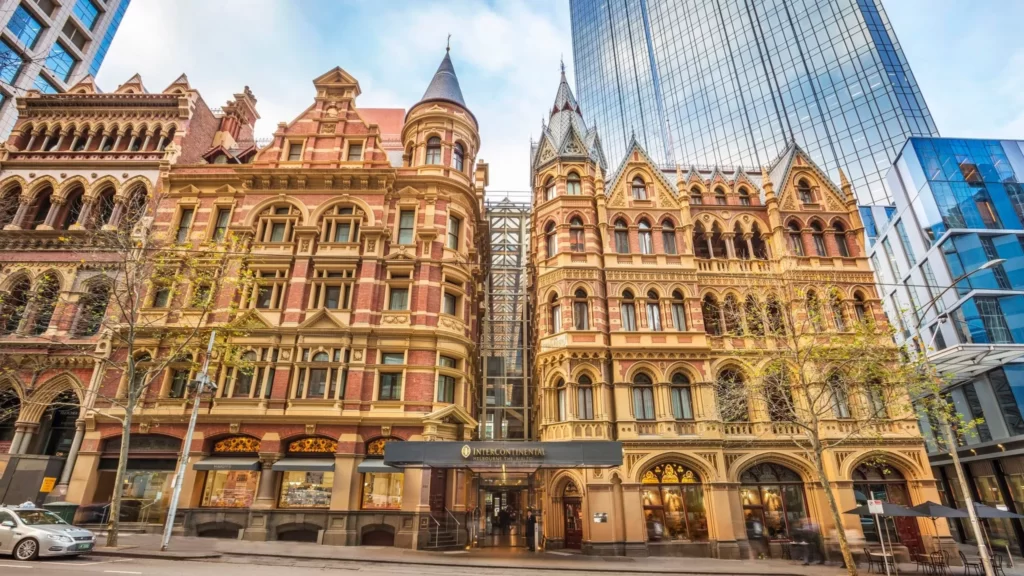
The Rialto Building is an iconic example of Victorian-era architecture in Australia. Completed in 1891, the building features a distinctive design that incorporates elements of the Gothic Revival and Second Empire styles. Its ornate facade, elaborate detailing, and use of materials such as bluestone and cast iron make it a unique and striking example of Victorian architecture.
The Manchester Town Hall in Manchester, UK

The Manchester Town Hall is a stunning example of Victorian Gothic architecture. Completed in 1877, it features a grand clock tower, elaborate stonework, and intricate carvings. The building was designed to showcase the wealth and power of the city during the Victorian era.
The Old Melbourne Gaol in Melbourne, Australia
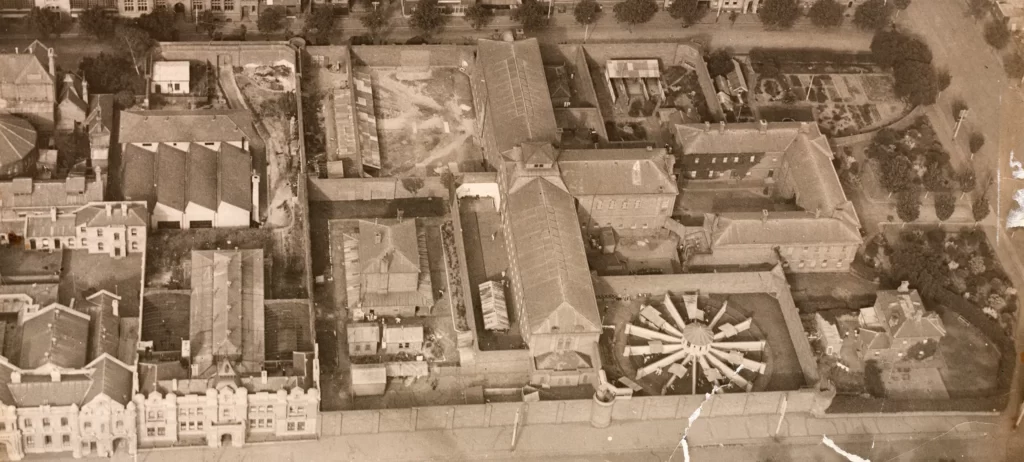
The Old Melbourne Gaol was built in the mid-19th century and is an excellent example of Victorian-era penal architecture. The building is known for its austere design and use of materials such as bluestone and iron, and it was the site of numerous executions during its time as a prison.
The Brooklyn Bridge in New York City, USA
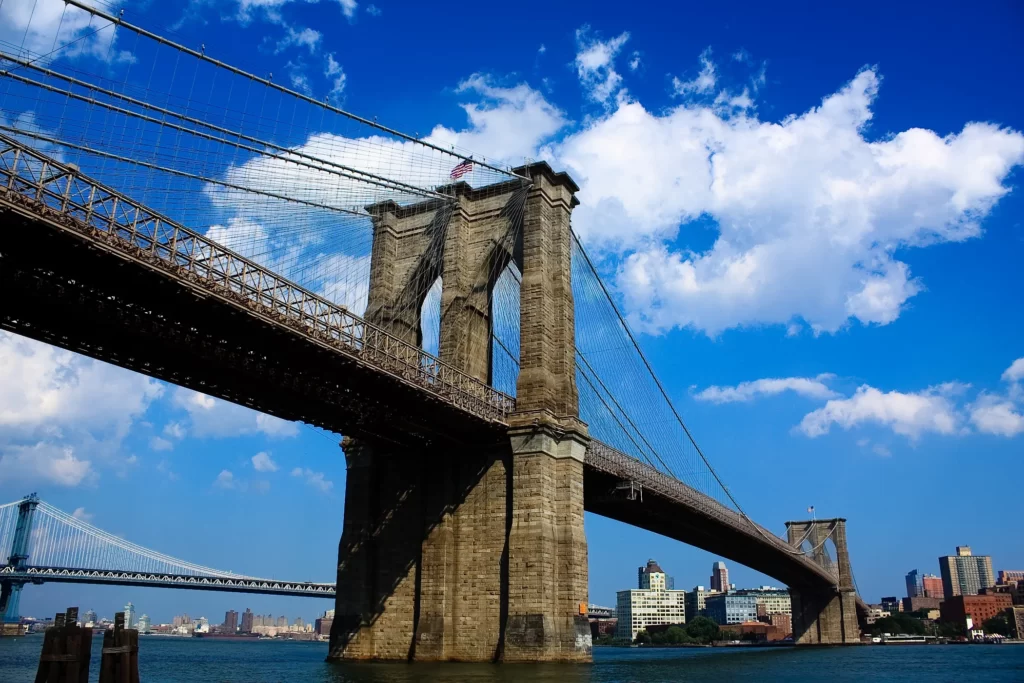
Although not strictly a building, the Brooklyn Bridge is a hallmark of Victorian-era engineering and design. Completed in 1883, it is known for its intricate steelwork, Gothic-style towers, and elegant design. The bridge remains one of the most iconic landmarks in New York City.
The Royal Exhibition Building in Melbourne, Australia
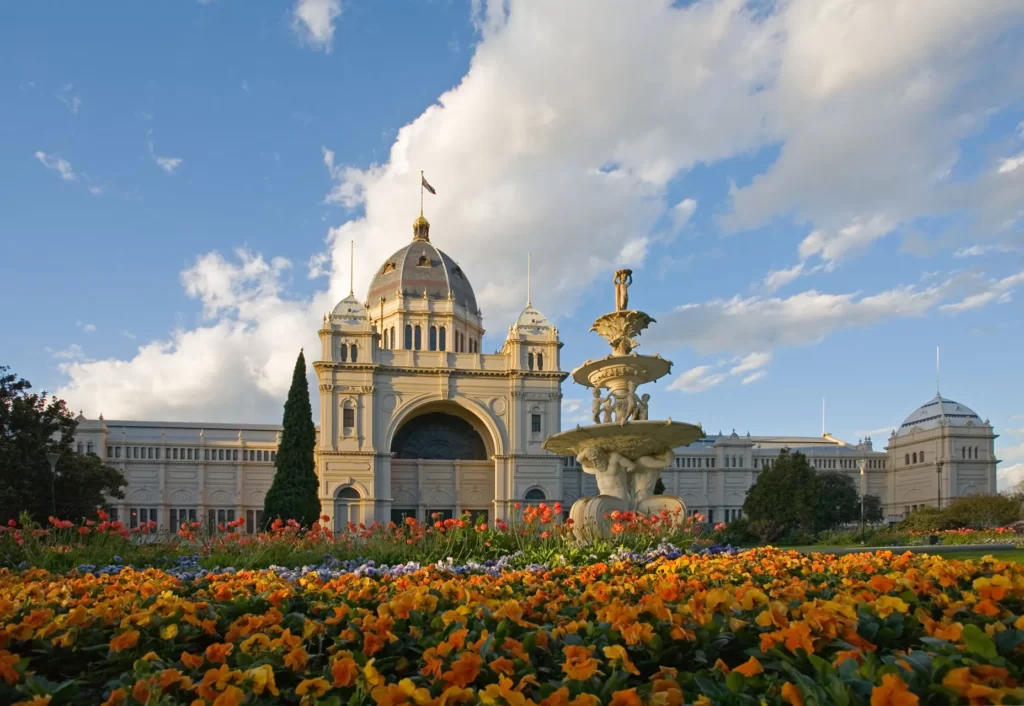
The Royal Exhibition Building is a stunning example of Victorian-era architecture and engineering. Completed in 1880, it was designed to host exhibitions and events showcasing the latest technology, art, and design of the time. The building is known for its grand dome, ornate facade, and use of materials such as brick and terracotta.
The Natural History Museum in London, UK

The Natural History Museum is a world-renowned institution that showcases the natural world through exhibits and collections. The building itself is an excellent example of Victorian-era architecture, with its grand entrance hall, ornate stonework, and use of materials such as terracotta and glass.
Chhatrapati Shivaji Terminus in Mumbai
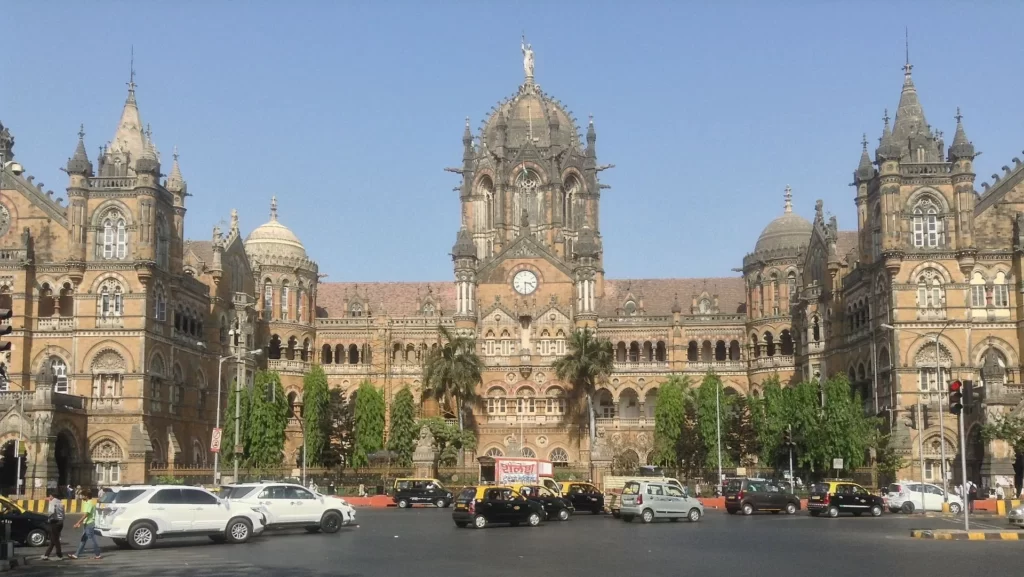
Formerly known as Victoria Terminus, the Chhatrapati Shivaji Terminus is a UNESCO World Heritage Site and a prime example of Victorian Gothic Revival architecture in India. Completed in 1887, it is known for its grand dome, pointed arches, and ornate decoration.
Victoria Memorial in Kolkata
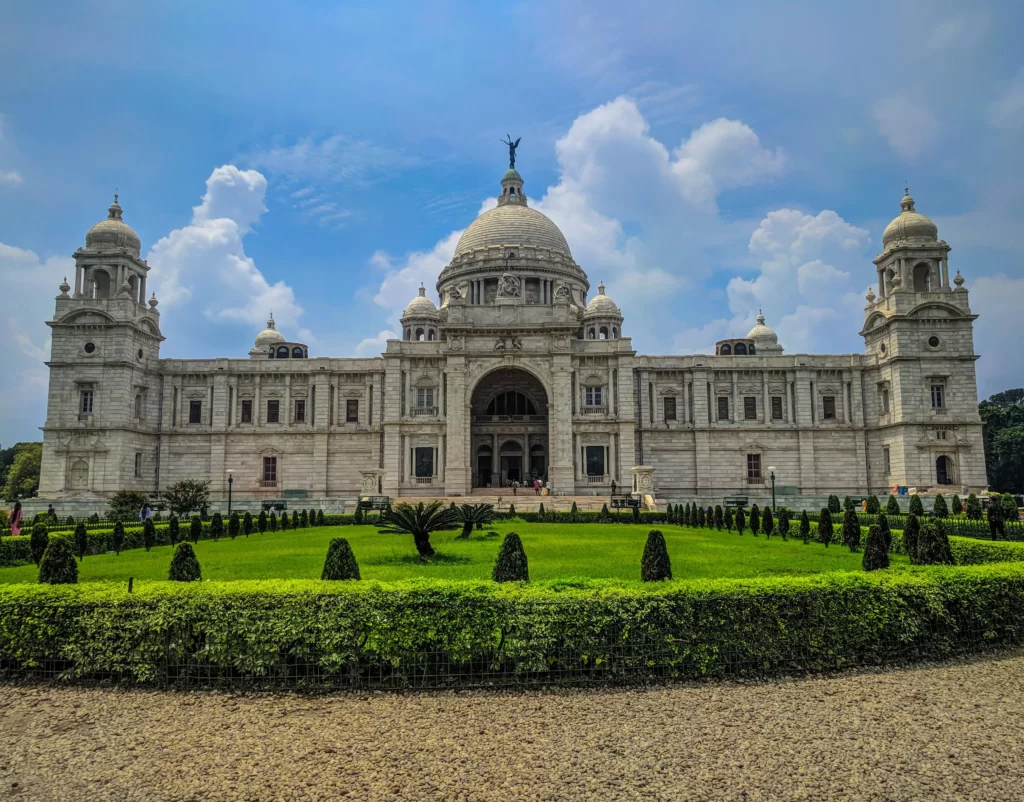
The Victoria Memorial is a grand marble building that was completed in 1921 to honor Queen Victoria. It incorporates elements of Indo-Saracenic Revival architecture, which blends Indian and European design styles. The building is known for its grand central dome, ornate carvings, and beautifully landscaped gardens.
Crawford Market in Mumbai
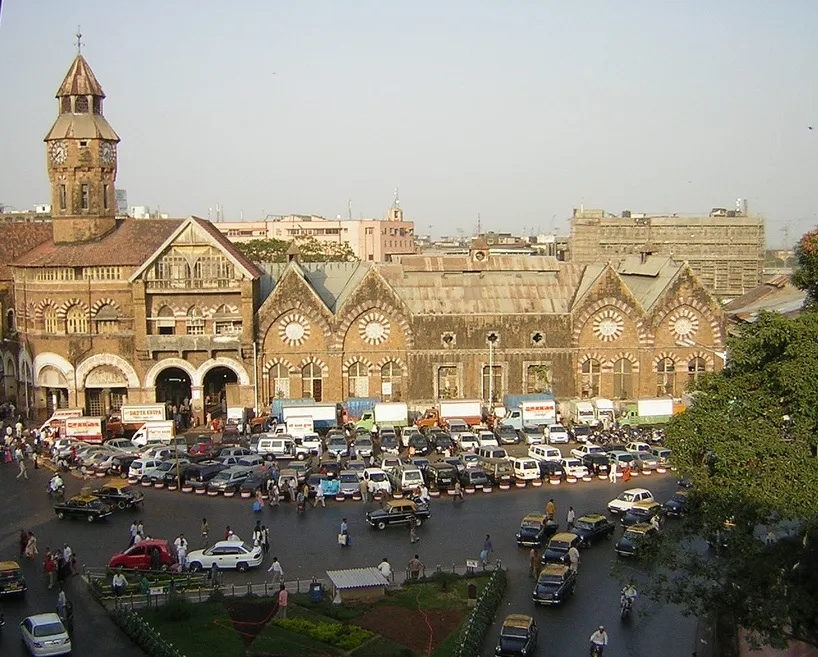
Crawford Market, also known as Mahatma Jyotiba Phule Market, is a historic market building that was completed in 1869. It is an excellent example of Victorian-era cast iron architecture, with its ornate columns, intricate detailing, and use of materials such as cast iron and brick.
St. Andrew’s Church in Chennai

St. Andrew’s Church is a stunning example of Victorian Gothic Revival architecture in India. Completed in 1821, it features a grand spire, pointed arches, and intricate stonework. The church has been beautifully preserved and remains an important cultural landmark in Chennai.
Rajabai Clock Tower in Mumbai

The Rajabai Clock Tower is a prominent landmark in Mumbai and a stunning example of Victorian Gothic Revival architecture. Completed in 1878, it features a grand clock tower, ornate stonework, and intricate carvings. The building is now part of the University of Mumbai campus and is open to the public.
6) Conclusion
Victorian architecture refers to the architectural styles that were popular during the Victorian era (1837-1901) in the United Kingdom, America, Australia, and other parts of the world. The main architectural styles of the Victorian era include Gothic Revival, Italianate, Second Empire, and Queen Anne. Victorian architecture had a significant impact on the architectural styles of Europe, America, Canada, and Australia, and to a lesser extent, Asia. Preservation efforts have been made to preserve and restore Victorian-style buildings, while many modern architects continue to be inspired by Victorian architecture. Victorian architectural elements have also been incorporated into contemporary design.
Importance of Victorian Architecture today
Victorian architecture remains an important part of our cultural and historical heritage. These buildings tell the story of a particular time and place in history and represent the architectural innovations of the Victorian era. The preservation and restoration of Victorian architecture are important for the conservation of our cultural and historical heritage, as well as for the continued use and enjoyment of these buildings. The influence of Victorian architecture on contemporary design also demonstrates its relevance and enduring appeal.
In conclusion, Victorian architecture is a significant part of our cultural and historical heritage that continues to inspire and influence contemporary design. Preservation efforts are important for the conservation of these buildings and the continued use and enjoyment of their architectural and cultural significance. As we move forward into the future, we should continue to appreciate and celebrate the architectural innovations and cultural heritage of the Victorian era.